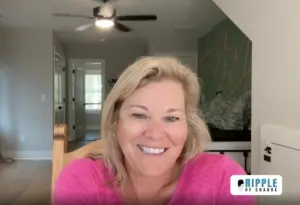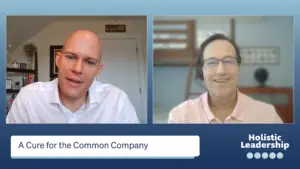Private Health Insurance Providers Pay Over Twice What Medicare Pays
RAND Corporation recently released a report on medical spending in 2020 in which they found that private insurance companies paid, on average, 224% of what Medicare would have paid.
The discrepancy varied from 175% in Arkansas, Hawaii, and Washington to 310% in Florida, South Carolina, and West Virginia. And while this certainly doesn’t appear fair to insurance providers, who then pass those higher payments to customers in the form of increased premiums, there isn’t an easy solution.
Negotiating for Lower Agreed Payments
It may seem that the solution would be for health insurance providers to negotiate lower payments for services with healthcare providers and hospital systems. But it’s not that easy because providers and hospitals depend on the high payments they get from insurance companies.
Another seemingly potential solution is Medicare for all, but hospitals would close down or find it impossible to find staffing if they lost their revenue from private insurers.
The Kaiser Family Foundation calculated that “limiting private insurance reimbursement to Medicare rates would reduce health spending by about $350 billion in 2021.” And while that looks good for insurance companies, it doesn’t look for hospitals and care providers.
So, insurance providers can’t expect to find allies in medical providers if they try to lower their payments to Medicare levels.
Health Insurance Providers Partnering With Large Employers
According to Clearsurance.com, 56% of employers offer group health insurance, so perhaps insurance providers can work with lobbying groups from the large companies they insure to help negotiate lower accepted reimbursement from hospitals and health systems, enabling insurance providers to lower premiums.
Private companies would benefit from negotiating lower premiums because their benefits package would become more attractive to employees. In addition, if they supplement employee premiums, their contributions would decrease. And it would be a win for insurance providers because their claims payments to hospitals and medical providers would decrease.
It’s obvious that there’s no easy answer because politicians, consumer advocacy groups, and insurance providers have been arguing over healthcare solutions for decades. But this information should give insurance providers the statistics they need to negotiate lower reimbursement agreements.
Melanie Musson is a health insurance expert with Clearsurance.com.







